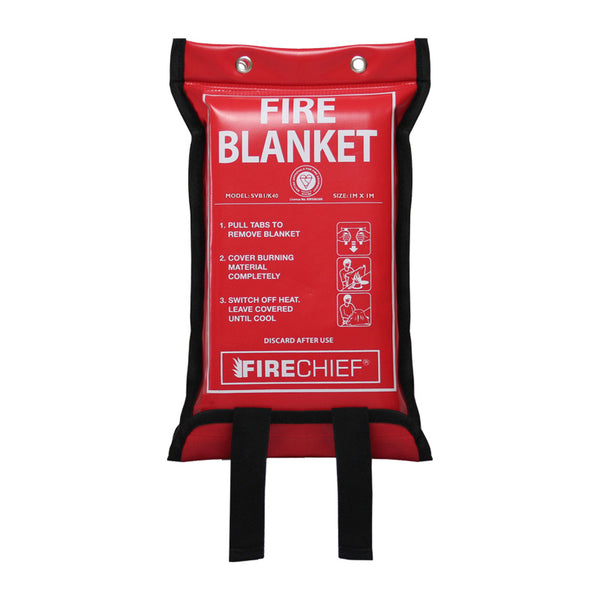Preventing and reacting to emergency incidents like fires calls for a specific set of roles and responsibilities.
Each organisation should allocate these to staff members in a way that best suits its own operation. The very largest may have staff dedicated to the work, whilst smaller ones are more likely to share them out, opting to make them bolt-on responsibilities for other individuals with more specific jobs. Who has the responsibility is not really an issue – so long as someone does, and they clearly understand what they are required to do as a result.
It is also worth remembering that everyone in an organisation bears part of the responsibility for fire prevention and safety, simply by doing their job in a responsible manner that doesn’t do anything that might compromise it. Letting combustible waste accumulate, blocking fire exits, and illicit smoking could all cause disaster or even loss of life. Like safety and quality, everyone ultimately shares the responsibility for fire safety.
The role of every building’s Fire Marshal (also known as a Fire Warden) falls into two discrete areas, one for day-to-day work; the other for incidents. Let’s call them ‘Routine’ and ‘Emergency’. In every task the senior people in the organisation should provide every support to the nominated Fire Marshal, and make it plain that appointees have authority to act. These roles should not be delegated and forgotten about by people at senior levels; they are too important for that.
Routine tasks
- Regularly check that fire exits and escape routes are not blocked. This includes opening fire doors to make sure there are no obstructions outside
- Check the fire extinguishers haven’t been moved, and that their servicing is up to date. Make sure nothing is covering any break glass emergency alarm points
- Make sure storage is controlled, particularly where combustible material is involved. (Never put combustible material where there is a fixed source of ignition)
- Make sure all electrical equipment is PAT tested, and that testing is up to date
- Guard against the accumulation of rubbish
- Regularly check that emergency lighting is working (inside and outside the building)
- Establish a system for issuing hotwork permits were necessary – and see that it is adhered to
- Check fire and disaster alarms weekly
- Make sure all new employees have the correct induction, so they know the fire safety procedures, and where to go in the event of a ‘live’ alarm. This should be done on an ad hoc basis for new starters
- Arrange annual fire drills
- Nominate Fire Marshal deputies
- Assign Fire Marshals to all Fire Assembly Points around a building
- Establish signing in and out procedures for all staff and visitors
- Establish safe exit routes for disabled staff and visitors
- Establish ‘safe havens’ in the building for any less-mobile or visually-impaired people
- Nominate individuals to help the disabled with their personal evacuation plans
Emergency tasks
When the alarm sounds, and is not being tested, the Emergency Services should be alerted.
The Fire Marshal should proceed to the Assembly Point, taking with them the signing-in book and any in/out board indicating which regular building users were present at the time. They should be equipped with a list of who is normally present in the building, a high-vis vest to make their whereabouts obvious to everyone, a clipboard and pencil.
A roll-call should then be carried out to ensure everyone has left the building safely. In the case of a large building, it may be necessary to have multiple Fire Marshals at different assembly points. A means of communication between them should be provided, to double check for anyone who appears to be missing. The Fire Marshal is then in a position to alert the Emergency Services if anyone is unaccounted for.
It makes sense to appoint more than one Fire Marshal even in the smallest building, to allow for cover in the event of holidays, sickness or training courses.
If you’re looking for fire extinguishers, fire blankets or any other fire safety products for your workplace, take a look at our collections above or get in touch for more information.



